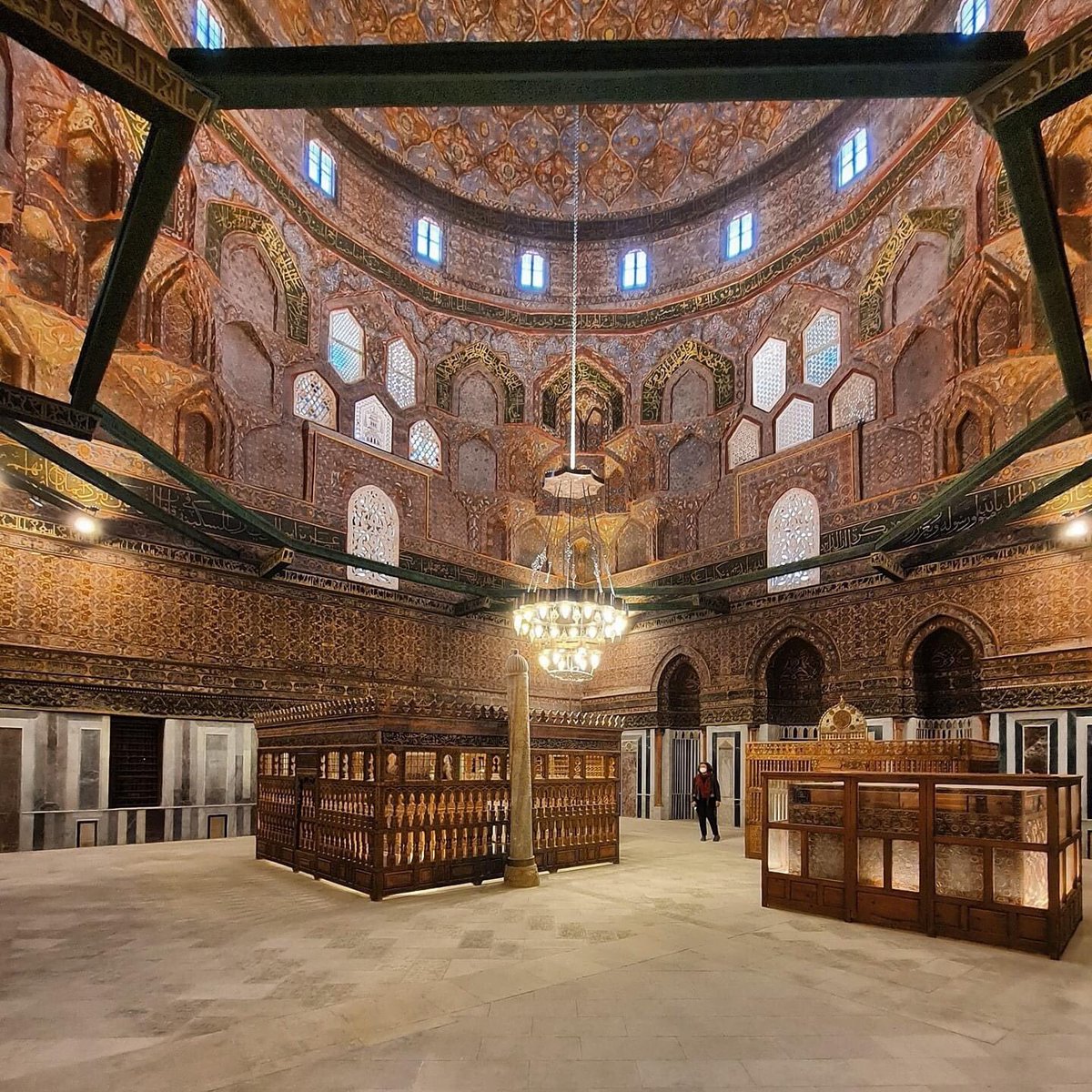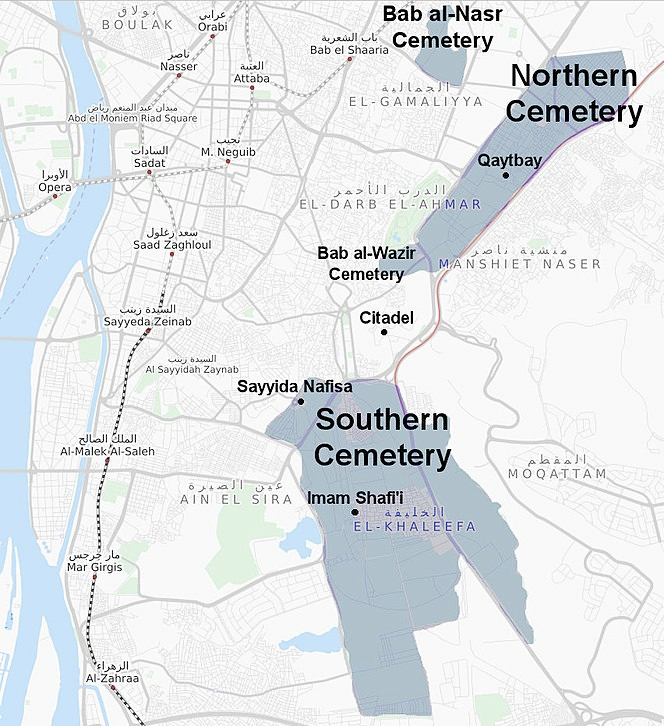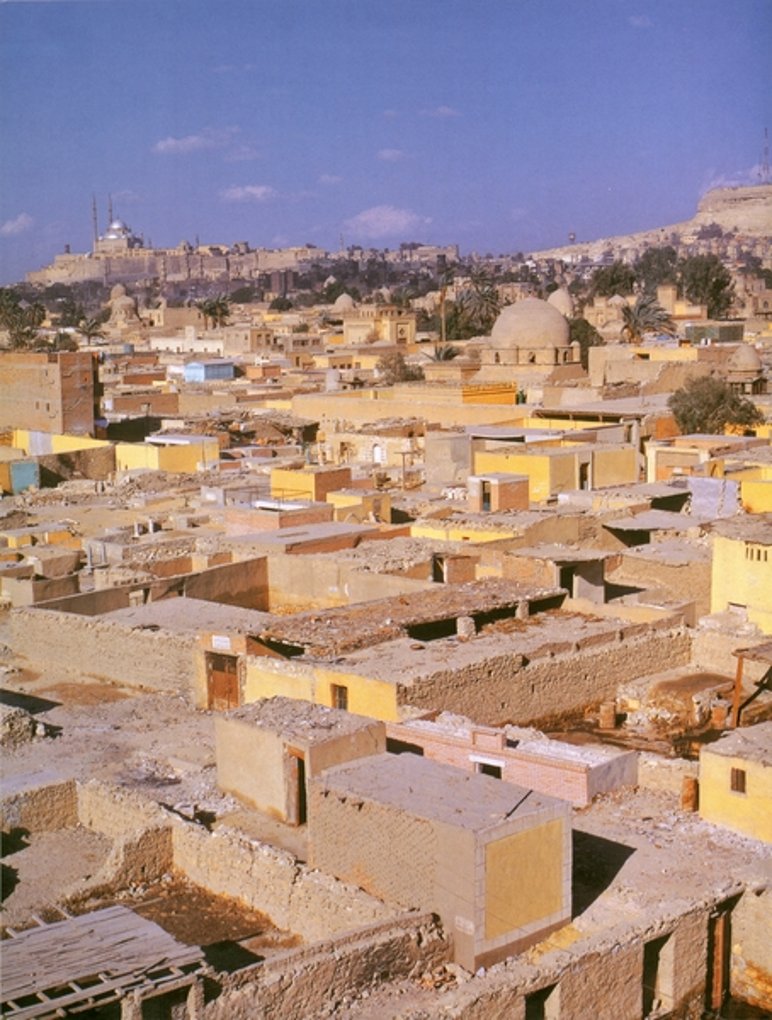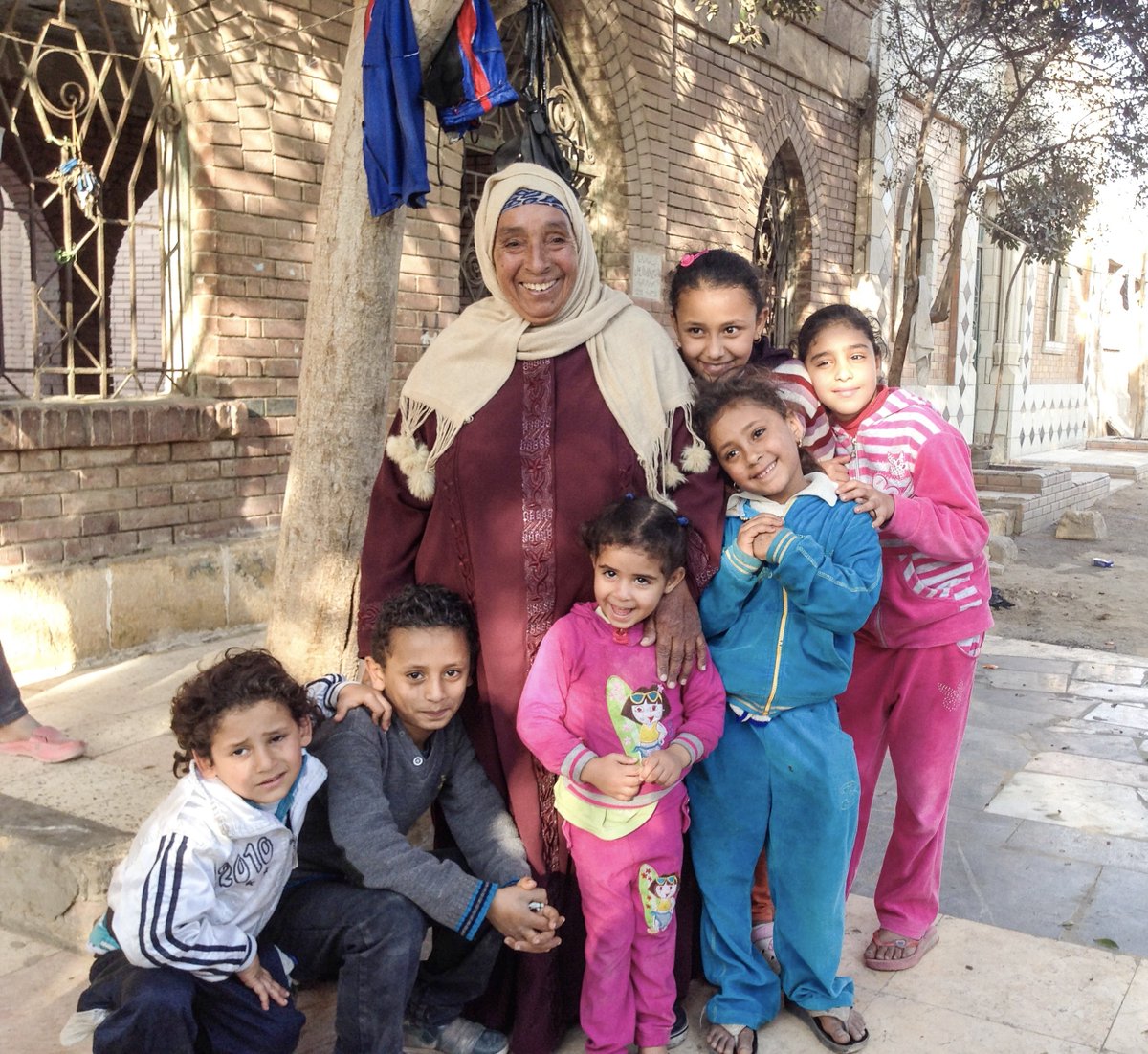Dear Entire World: #Viking ‘Allah’ textile actually doesn't have Allah on it. Vikings had rich contacts w/Arab world. This textile? No. 1/60 

Actually #Viking textile has no Arabic at all but story has gone viral @NYTimes @Guardian @BBCWorld @NatGeo @ScienceAlert have reported 2/60
• • •
Missing some Tweet in this thread? You can try to
force a refresh
















